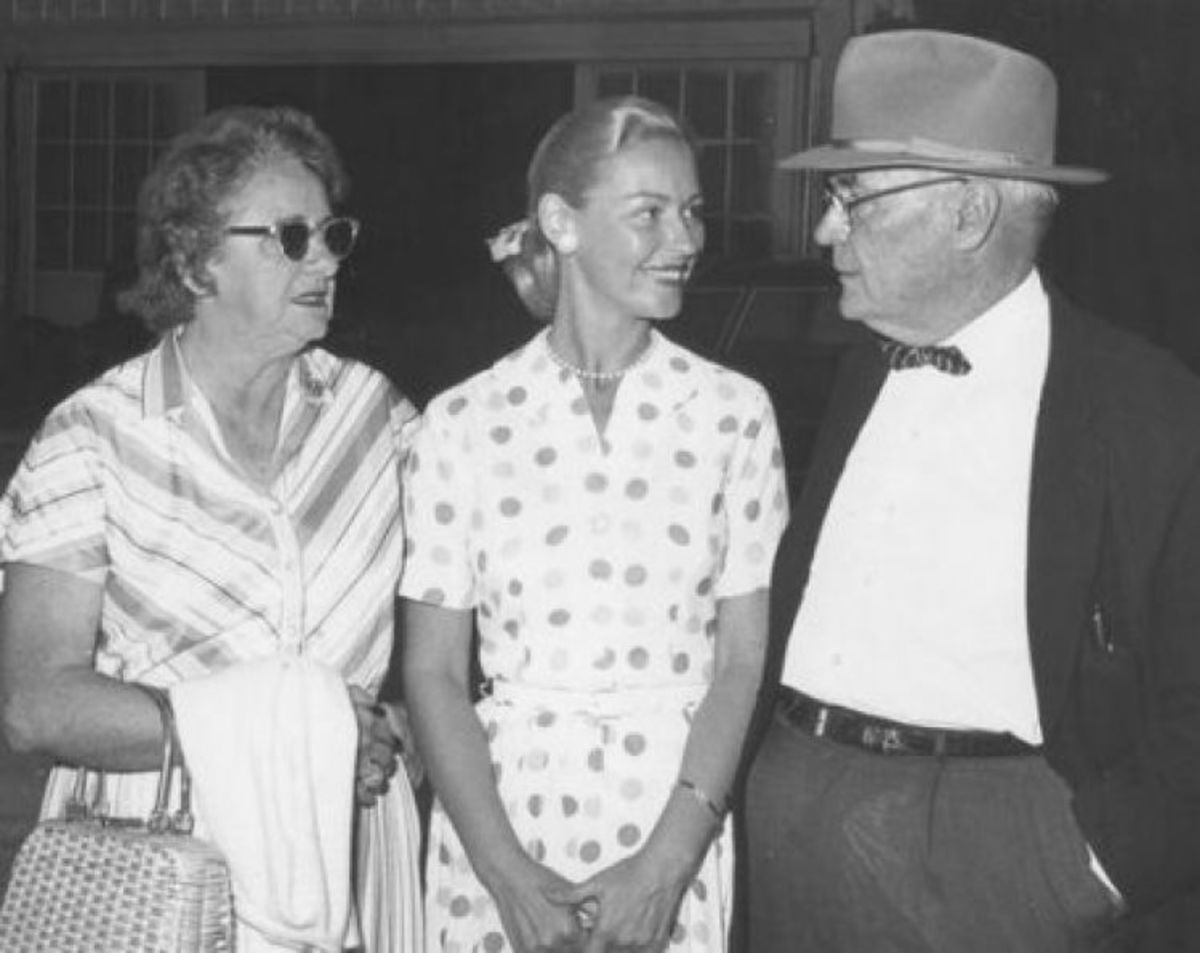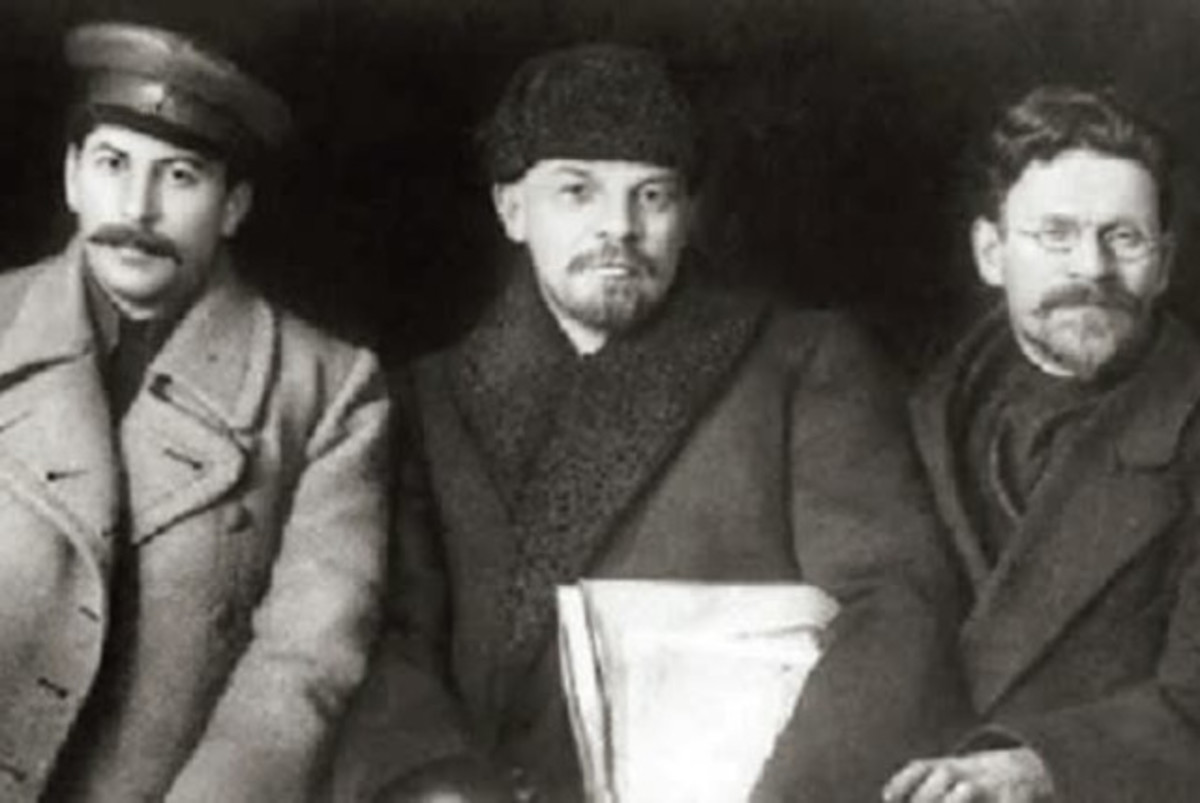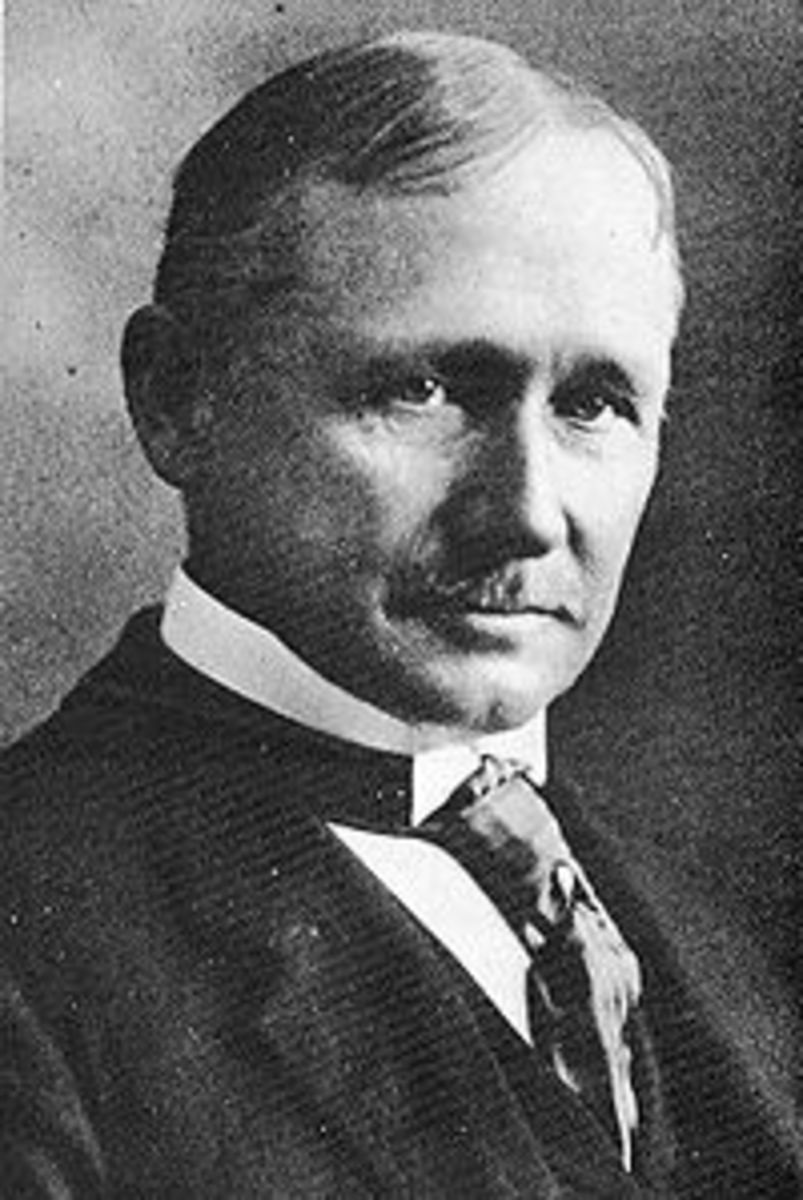Examples Of Revenge And Retribution

Our Primary Reason To Avenge Is To Survive
There is some debate as to whether or not we are hard-wired to avenge ourselves upon those who cause us physical or emotional pain. Generally, revenge is viewed in the Darwinian sense; those species which found ways to retaliate were more likely to survive the ceaseless perils of cave days than those which lacked this capacity.
One theory holds that in modern times, shame is the primary source of our urge to avenge. The principle that every action has an opposite reaction finds resonance here.
The Role Of Law In Preventing Chaos
In some cultures, the type of shame is mirrored in the nature of its response. Thus, if the humiliation was private, the consequential revenge can remain between the parties involved. On the other hand, if the injury has been public, the vengeance must also be conducted in some public manner. According to one proverb, a person who publicly shames a neighbour is the same as one who sheds blood.
The creation of the legal system acknowledged the human need to get even for genuine or perceived grievances. In addition to punishing violators of societal rules, laws also allowed individuals to bring forward their claims without resorting to private revenge. In ancient Roman law, offenses against the “dignatis” of another were viewed as worthy of prosecution.
Later, British and American tort law presented a forum for one individual to bring a claim against another for a variety of personal wrongs. (It now encompasses such offenses as slander, malicious prosecution, and intentional infliction of emotional distress.)
The first two cases we will discuss here were dealt with by the British criminal court. They illustrate ideas regarding the right to avenge, and the ways the legal system dealt with such claimants and perpetrators.
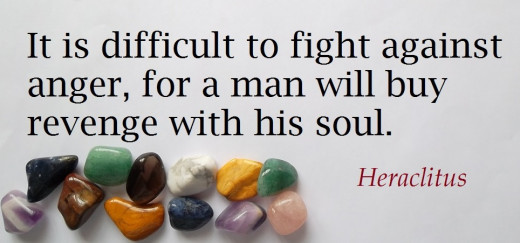
Accidental Murder Of A Child By An Enraged Former Customer
On April 18 1683, the case of Philip Johnson charged with the murder of John Hill, an infant of 6 months was heard at the Old Bailey criminal court.
The prosecution contended Johnson, after drinking a good deal of alcohol at a tavern owned by Mrs. Hill, demanded the use of a private room for himself and a female companion he claimed to be his wife. Suspecting an immoral purpose, Mrs. Hill refused.
Johnson, erupting into wild rage, threatened to take revenge upon her before the next weekend.
The following Wednesday evening, Johnson returned to the tavern, shouted abuse at Mrs. Hill, and then started smashing windows and doing all he could to destroy the rest of the premises.
Tragically, at the time, Mrs. Hill was cradling her six month old son John in her arms. In an attempt to protect her property, she struck out at Johnson. He then struck back with his walking stick. Unfortunately, his stick hit the baby John Hill on the head, resulting in death some few hours later.
Having heard the evidence, the jury decided Johnson had begun to put into action his plan to cause serious damage or even destroy Mrs. Hill’s tavern. However, although he had meant to strike Mrs. Hill in retaliation for her effort to halt him, Johnson had not intended to harm the baby she held.
In all probability, given his state of anger, he failed to notice the infant. Hence, the jury found Johnson guilty of manslaughter rather than murder, sentencing him to be transported to a British penal colony in Australia for a period of 7 years.
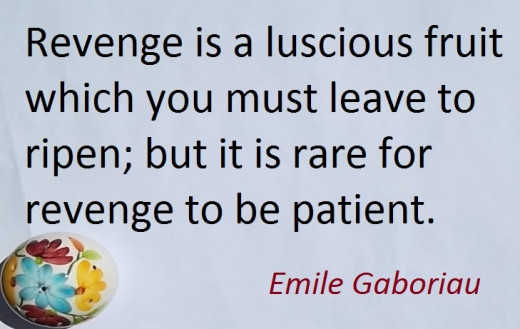
Strangling Of A Child With Dads Leather Belt
On July 9 1718, the case of Mary Price charged with the Murder of Ann Bickam, an infant of 3 years was heard at the Old Bailey criminal court.
In court Mary Price pleaded guilty to strangling Ann Bickam with a leather strap. The Judge voiced that in the circumstances she ought to withdraw her guilty plea, and let the court decide whether she was guilty or not according to the evidence laid before it. Mary Price insisted that she plead guilty to the murder and stated that her plea was an absolute confession of truth and nothing but the truth.
The Judge sceptical as to her mental acumen to understand the consequences of this confession urged Price to clarify her motives for such cruelty to a completely innocent 3-year-old child.
She again reiterated her guilt saying clearly that she did murder the infant girl who was the daughter of her male partner’s previous wife. She said she did it out of revenge. Price explained that her partner had taken a tobacco box from her which had profound sentimental value. Consequently, she had vowed to avenge herself either upon him, or his kin.
When he had left the house she took one of his leather belts and strangled his daughter with it. Then, far from feeling remorse, she flaunted her deed to her neighbours and passers-by as a triumph by vengeance. The Judge sentenced her to death.
Returning To Modern Times
Justice Outside The Law
At times, one or more plaintiffs believe the judicial system has failed to provide the required justice. Hence, to obtain genuine justice, such plaintiffs, individually or as a group, decide on a course of action which will avenge the wrong, perpetrated against themselves or someone close to them.
Alternatively, they are convinced a court will penalize the perpetrator in a far less stringent way than his offence warrants. Thus, some form of rough retribution takes place, planned out in such a way that it will, in all probability, not be detected.
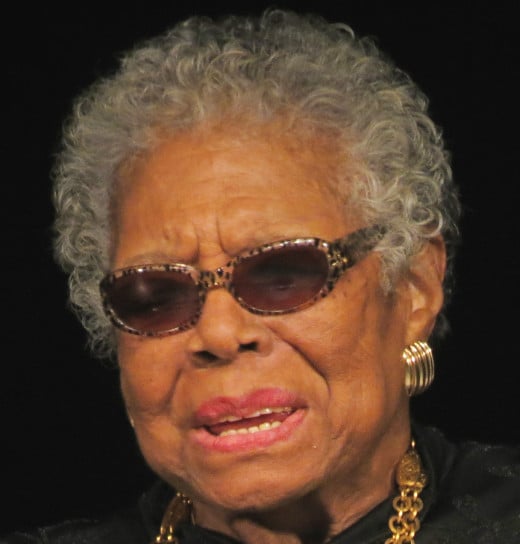
A Fledgling Molested
African-American poet and memoirist Maya Angelou, in the first of her memoirs, "I know why the caged bird sings", recounts her molestation by her mother’s live-in boyfriend. Having come to regard him with trust and affection, she felt puzzled and scared when his cuddles and hugs, when her mother was at work, turned towards something more sordid.
Once the act was completed, this man would order Maya to tell her mother she had wet the bed, in order to explain the large splotches of wetness staining the mattress and sheets of the bed shared by the couple. If she revealed the truth to her mom, he vowed he would harm the family. Thus, for some while, Maya maintained a petrified silence.
The Penultimate Punishment
Eventually, when Maya’s mother found out, her rage and horror erupted to the point that, having rid herself of this molester, she informed her family members and the community at large. Conferences led to a decision regarding their immediate course of justice. Having forced the man to be brought to a secluded place, in the dark of night, they kicked him until he died a slow, anguished death.
Maya’s Consequent Muteness
During those months of her molestation, Maya had felt bound to absolute silence. In addition, despite the foul acts of this paedophile, the man had been a de-facto dad in a home where the single mom was forced to work long hours. Thus, his actions and their results impacted on the small girl by depriving her of the power of speech.
This muteness, having no physical cause, might have come about due to her having become used to concealment by silence, joined by the horrors of recent events. She might have felt some guilt, as her words had impelled the death of this paedophile. In any event, although her mind remained keen and alert, she became unable to communicate, even with those closest to her, in any verbal sense.

The Power Of Language To Re-awaken Speech
Naturally, concern for this muteness began to pervade the community. As this condition had no medical cause, doctors could neither cure nor combat it. Then, one neighbour had an idea. Inviting Maya to visit her, she made no attempt to initiate conversation. Instead, she began to read aloud from Charles Dickens’ novel a tale of two cities. In her strong, melodious voice, she began:
“It was the best of times, it was the worst of times, it was the age of wisdom, it was the age of foolishness"
Whether or not the young Maya comprehended Dickens’ prose, the joy and certainty of this voice, reflecting the dignity of each syllable of every word, loosened the lock on this cage, and allowed her to speak again.
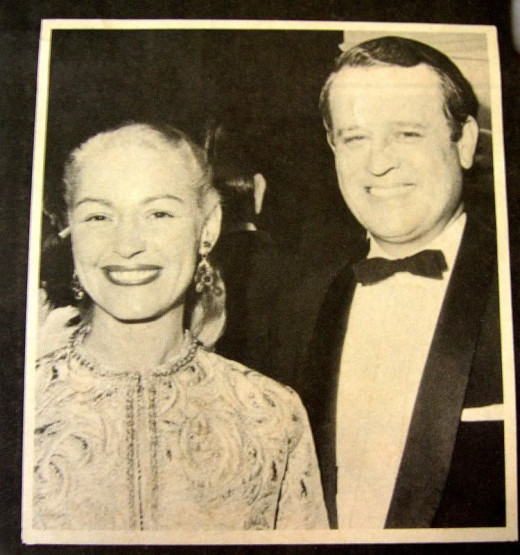
The 1969 Death Of Joan Robinson Hill And Her Father’s Retribution
When Joan Robinson told her parents, Ashton Robinson “Ash”, and his wife of her plan to marry cosmetic surgeon Dr. John Hill, they felt some misgivings. Already, by age 20, Joan had been married and divorced twice.
Hence, the Robinsons were reluctant to see her enter into a third union without a good deal of time to consider. In addition, as the Robinsons were Texas oil millionaires and Joan was their only child, they feared her future inheritance might prove a motive for bogus expressions of love. Still, Dr. Hill’s credentials gave every sign of an affluent future, without the support of a wealthy wife.
Ash Robinson’s Investment In His Daughter’s Happiness
Hoping to help Joan find stability and contentment, Ash Robinson offered to underwrite the couple’s major expenses until John Hill could establish himself in a medical practice. Initially, Hill was hired by a respected medical group, and appeared to be on a definite strong path towards progress. Then, undercurrents began to emerge.
One patient required a second operation in order to remove a metal object Hill had left lodged in her nasal passages. While chastising Hill for this blunder, the practice was willing to treat it as due to his comparative apprenticeship in carrying out these delicate procedures.
Hill’s Continuing Bungling
Still, the practice could not overlook the repeated loss of patients’ records and accounts. Thus, having gained Hill’s permission, a search of his car revealed a mishmash of paperwork, missing for months, which would take weeks to sort through and reorganize. This time, they felt they had no choice but to dismiss Hill for incompetence.
Hence, Hill set up his own private practice. It is difficult to gauge how much Joan’s father, Ash Robinson, knew of these changes, but given his eminence within the town, in all probability, he ensured he was kept well-informed of anything of significance to himself or his family.
John Hill’s Philandering
Meanwhile, as a husband, Hill was demonstrating the same lack of steadfast devotion as he had during his clinical work. Marital discord was becoming apparent. On one evening spent with close friends, when the subject of intimacy arose, Joan quipped, “Sex? What’s that?”
Hill’s waning interest in his wife crystallized when he began a liaison. While dropping their son off at summer camp, he met single mother Ann Kurth. Their mutual infatuation soon led to an eruption of passion. Not long thereafter, Hill left Joan and their son in order to intensify his connection with Kurth.
Ash Robinson’s Wrath And Warning
At first, though he often dropped by for coffee, Joan let Ash think John was at work. Then, one morning, her defences broke down and she told her dad, “That SOB walked out on me.” Ash Robinson could not allow this to go on.
Given the support he had provided Hill, and the hurt caused not only to Joan but to the Robinson family honour, Ash went into mogul mode. Finding and confronting his son-in-law, he made it clear that if Hill wished to continue to practice within the town, he had no choice but to return to his wife and son.
A Reluctant Reunion
Hill did as commanded. Still, he had been blackmailed by threats which spawned deep resentment. The night of his return, he and Joan went to a restaurant, ostensibly for a festive meal. However, those who observed the pair noted Joan was the only one celebrating.
Their seeming reunion did not survive long. Soon, Joan developed a type of unexplained flu, creating continuous vomiting. John did not call an ambulance, instead three days later he drove her to hospital. Hospitalized, Joan died, succumbing in 14 hours.
Evidence Implicating John Hill
When told of his wife’s demise, Hill’s grief seemed over-blown and melodramatic: “My wife is dead; my beautiful wife is dead!” These cries of pain seemed incongruous, given Hill’s recent conduct towards Joan. In addition, he ordered Joan’s corpse to be cremated before a proper autopsy could be performed.
The Aftermath Of Joan’s Death
The most sceptical of Hill’s mourning was Ash Robinson. Having been charged and brought to trial, the lack of evidence against Hill resulted in a mistrial. Ash could not let this stand, convinced Hill had deliberately murdered his beloved only child. (The details of the next few years are not of relevance here).
Eventually, Ash was believed to have engineered Hill’s death by hiring someone to shoot and kill him in the foyer of the building where he then lived. Assuming the truth of this accusation, did Hill’s killing bring Ash the peace he sought? Ash alone could answer.
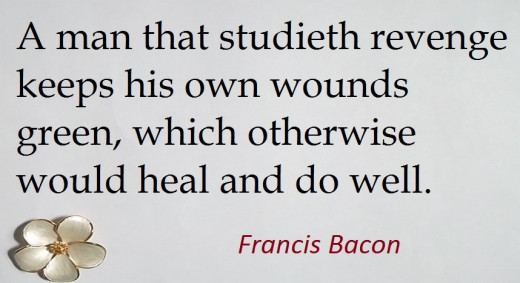
Murder Due To Rejected Love
Perhaps one of the saddest roots of revenge stems from a sense of rejection so deep as to result in not only the murder of the beloved, but consequent suicide to the killer as well.
Often such perpetrators have maintained, for some while, an appearance of balance beneath a gossamer mask. Once they let this façade slip enough to allow someone else inside it, equilibrium can be shattered to the point of absolute desperation.
This proved true for Ethiopian Sinedu Tadesse. Prior to her admission to Harvard University, she had been forced to endure emotional struggles. When she was 7 years old, her father was arrested and jailed for political reasons.
Hence, harassed and ostracized by classmates and family members, she seems to have made every effort to divert her loneliness by study. This work was rewarded when she was chosen to enter an international school for gifted students.
Having graduated as this school’s valedictorian, she felt enough confidence to face the academic demands and rigors of Harvard. Still; once she began her studies, she realized her background education had not prepared her to compete for high grades with many of the most brilliant students throughout the world.
While her grades were adequate, administrators warned her that, if they did not improve, she would not be admitted to medical school-her penultimate goal.
The Queen Of Her Heart
It may have been this additional strain, combined with her previous isolation, which lessened her ability to form friendships. Indeed, her despair impelled her to choose random names from the phone directory, and then ask anyone who answered if they were willing to be her friend. Hence, when she developed a genuine friendship with Vietnamese Trang Phuong Ho, She seemed to enter a state of enchantment.
When the two decided to room together, she wrote in her journal, “She will be the queen of my heart.” After one school break, Sinedu brought Trang a dress from her home country.
Romantic Intensity Unreturned
While feeling a definite fondness for Sinedu, Trang did not reciprocate her growing attachment. In addition, while Trang had a number of friends and maintained high grades, Sinedu had only a few acquaintances, and continued to find the studying daunting.
Thus, not surprisingly, as time passed, the depth of Sinedu’s needs began to wear upon Trang. In addition, Trang found her ways of living distasteful. Accustomed to a tidy living space, Trang found her habit of leaving containers of half-eaten food around their room difficult. Still, she did not wish to hurt Sinedu.
Hence, rather than confront her, Trang wrote a note explaining that, though she still liked and respected her, she had decided to move in, next term, with a group of other students.
Severance Resulting In Murder And Suicide
It may have been this note, crystallizing the end of their friendship that froze the growing coolness between the two into silence. Although still roommates, near the end of term, Trang invited a friend, Thao Nguyen to stay with her for a few nights. Regarding each other as sisters, the bond between these two Vietnamese girls had no erotic component. Indeed, they slept head to toe in Trang’s small single bed.
Still, this seems to have struck Sinedu as the ultimate slight and humiliation. Thus, around May 21 1995, she purchased 2 knives and a length of rope.
Then, on the night of May 28 1995, while they were sleeping, Sinedu entered Trang’s part of the suite, stabbed her 45 times with a hunting knife killing her, stabbed her friend Thao a number of times injuring her, and then hung herself.
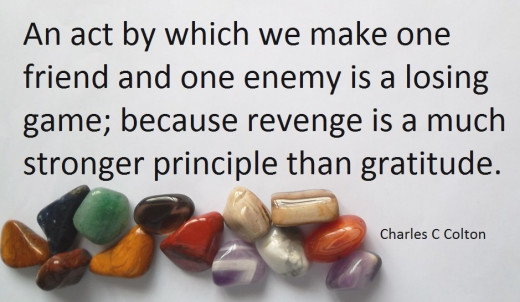
After The Tragedy
A few days later, at a memorial service for both dead girls, the primary speaker stated it would not be right to judge Sinedu, as her feelings could never be known, beyond the inference that she was gripped by an overpowering turmoil. Indeed, Thao had explained that throughout that tragic day, Sinedu had crouched on her bed, crying so ceaselessly that she urged Trang to check whether she was all right. Trang did so, but when Sinedu replied she was OK, Trang knew there was nothing more she could offer.
Future Ways of Intervening In Order To Prevent This Type of Peril
The pre-eminence of Harvard is such that almost no-one outside its sanctum dares to question its judgments on any level. Perhaps this was why, when Harvard graduate Melanie Thernstrom, author of the book "Halfway to Heaven", inquired as to this case, she found the administrators annoyed and dismissive. She did however discover the university had been apprised of Sinedu’s request to make friends with strangers.
Those administrators she spoke with admitted this knowledge had alerted them to a potential problem, but they had failed to provide any type of counselling or support. In addition, though Sinedu did take one final exam on the day of her crime, she had obtained medical notes excusing her from two others.
Thernstrom then describes a series of similar murders or injuries at other universities. Each time, there had been strong evidence of aberrant tendencies, but, like Harvard, these universities had done nothing to reach their source until rage evolved into violence.
She posits that more vigilance by such institutions of learning could lessen, in a significant way, the chances of horrors such as the one which occurred at Harvard that night, ending or damaging the futures of three fine, brilliant young women.
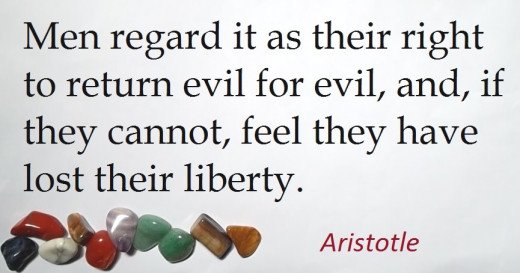
Conclusion
“I Will Never Forgive You.”
It has been said that, in the U.S., the concept of revenge is viewed with discomfort. Words and phrases such as “justice” “principle” and “protection of others” often strive to camouflage naked emotion.
Hence, we are gripped by the candour of one mother whose daughter was shot and killed in a flagrant case of first degree murder. In a letter to the killer she wrote, “I will never forgive you”.
In addition, she enclosed a picture of her daughter’s grave, and one reflecting her youthful loveliness, urging her murderer to hang this up in her cell, where she would be forced every day to consider the life she had taken.
Similarly, in a British case, one mother of a murdered child said that if an imprisoned defendant were ever set free, she would track her down and kill her, whatever the legal consequences might be.
Swing Out Sister Singing "Surrender" Waiting For Love To Take Revenge
© 2014 Colleen Swan

